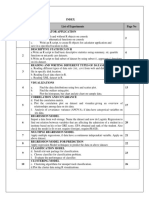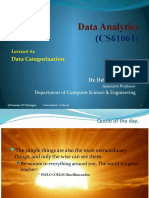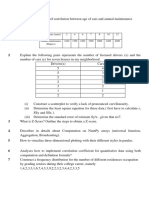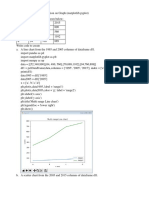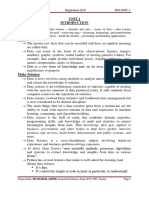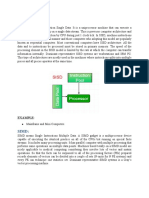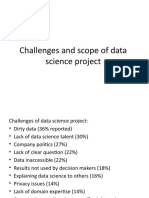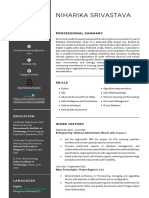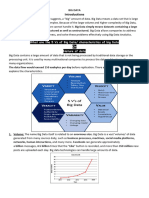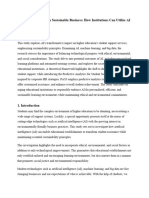0% found this document useful (0 votes)
122 views56 pagesCs3352 - Foundation of Data Science
The document is a question bank for the course 'Foundation of Data Science' at Meenakshi Ramaswamy Engineering College, covering key concepts such as data science fundamentals, data description, relationships, Python libraries for data wrangling, and data visualization. It includes objectives, unit breakdowns, and sample questions related to data science processes, data mining, data warehousing, and exploratory data analysis. The content is structured to aid students in understanding and applying data science principles effectively.
Uploaded by
nklatha1975Copyright
© © All Rights Reserved
We take content rights seriously. If you suspect this is your content, claim it here.
Available Formats
Download as DOCX, PDF, TXT or read online on Scribd
0% found this document useful (0 votes)
122 views56 pagesCs3352 - Foundation of Data Science
The document is a question bank for the course 'Foundation of Data Science' at Meenakshi Ramaswamy Engineering College, covering key concepts such as data science fundamentals, data description, relationships, Python libraries for data wrangling, and data visualization. It includes objectives, unit breakdowns, and sample questions related to data science processes, data mining, data warehousing, and exploratory data analysis. The content is structured to aid students in understanding and applying data science principles effectively.
Uploaded by
nklatha1975Copyright
© © All Rights Reserved
We take content rights seriously. If you suspect this is your content, claim it here.
Available Formats
Download as DOCX, PDF, TXT or read online on Scribd
/ 56














